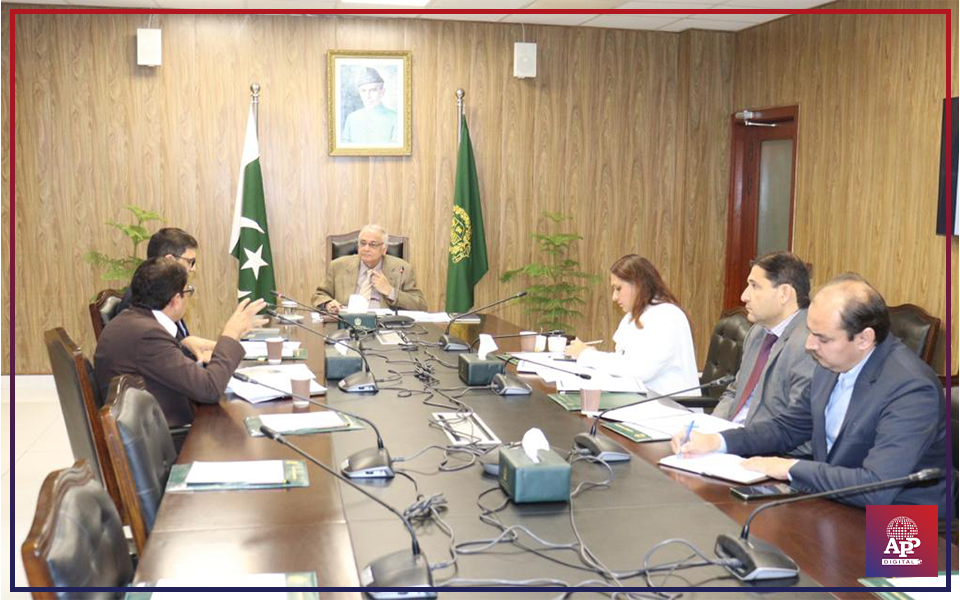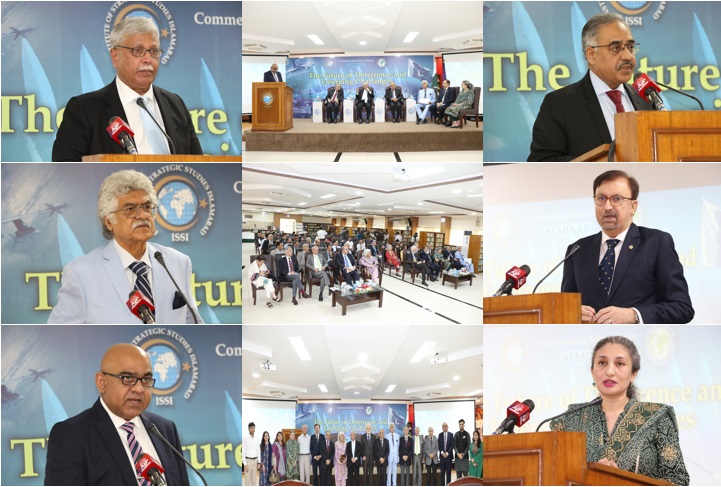GLOBALIZATION AND THE ECONOMICS OF CHILD LABOUR
By Muneeza Rajab
From Sindh-Madarsa-tul-Islam University
Child labour is the unacceptable form of working.It is work that denies children the right to education and exposes them to harm.Quite commonly,the poorest in a society send their children to work in order to supplement the family income.No attention is paid to their health or emotional well-being.The years they should spend in the security of their homes,being fed,clothed,and educated,are spent doing task they are too young to handle.
A Look At History is with industrialization,families moved from villages and farm to cities to work in factories and workshop,in order to make a better living.Factory owners hired children wherever they could because they found them easier to control and cheaper to employ than adults.
Families saw this as an opportunity to increase the family income and so did not complain.Children were forced to do work they found difficult and tiring.They work under harsh conditions and their well-being and health were never considered Unfortunately this is still quite common in all third world countries.Children are still being deprived of their carefree years of childhood and schooling.Dishonest employers cut costs of hiring them for very low wages.The burden of earning an income is put on their shoulders from a very young age.
The employers,Underage children are engaged in all types of work.Some industries prefer children to adults because of the finer work they can produce.Small fingers weaving carpets can make small knots and can switch football making smaller,neater stitches.This fine work fetches greater profits.In Pakistan large number of children work on agricultural land,Fishing boats,trucks,in factories,cars workshops,coal and mineral mining and many other field.Many children in Pakistan especially girls,work as domestic servants and can be the victim of physical and emotional abuse.Similarly,young people work in hostels and resturants are often abused,earning very low wages and working for long hours.
Time and again, International Labour Organisation (ILO) officials have urged Pakistani authorities to ensure compliance with the international conventions on child and forced labour. In the past, Pakistan has ratified several core conventions related to child labour. Yet the issue is plaguing our society and threatens the future of millions of children. More than 3.3 million Pakistani children are engaged in child labour. The actual number can be much higher as the pandemic further raised the number of children in child labour.
Abject poverty, poor social security, high illiteracy, unemployment and surging inflation are some of the reasons that have amplified child labour across the country. A large proportion of the children can be found working in agriculture while many others move to urban areas to work in industries or as domestic servants, etc. Government inaction and failure to implement laws have allowed employers to continue hiring children without facing any consequences. Most children are faced with serious physical and psychological risks as they work in unsafe, hazardous and mentally taxing conditions. These children remain trapped in their menial jobs well into their adulthood, which prevents them from acquiring any education and improving their prospects.
The World Trade Organisation imposed sanctions and trade barriers on countries using child labour. Under these regulations, different countries imposed trade sanctions on Pakistan due to the country’s failure to end child labour. This has harmed Pakistani manufacturers, their employees and the country’s economy. Child labour also impedes the country’s overall ability to improve literacy rate and development prospects. Therefore, the government should act on ILO’s suggestions and work with the organisation to tackle the issue. Besides improving access to education, rigorous implementation of laws barring child labour coupled with social protection for the poor is crucial to achieving progress.
Causes of Child Labour in pakistan are Nearly 1 in 10 children are subjected to child labour worldwide, with some forced into hazardous work through trafficking.
Roughly 160 million children were subjected to child labour at the beginning of 2020, with 9 million additional children at risk due to the impact of COVID-19. This accounts for nearly 1 in 10 children worldwide. Almost half of them are in hazardous work that directly endangers their health and development.
Children may be driven into work for various reasons. Most often, child labour occurs when families face financial challenges or uncertainty – whether due to poverty, sudden illness of a caregiver, or job loss of a primary wage earner.
The consequences are staggering. Child labour can result in extreme bodily and mental harm, and even death. It can lead to slavery and sexual or economic exploitation. And in nearly every case, it cuts children off from schooling and health care, restricting their fundamental rights.
Migrant and refugee children – many of whom have been uprooted by conflict, disaster or poverty – also risk being forced into work and even trafficked, especially if they are migrating alone or taking irregular routes with their families.
The phenomenon of child labor consists of two things. First, it is the
phenomenon of the children. The age of children differs from one jurisdiction to
another. Various legal regimes provide for both the age of majority and the age of
minority. According to Article 11 of the 1973 constitution of Pakistan, a labor
performed by children under the age of 14 is categorized as child labour. Secondly, it
involves a kind of exertion or labor for certain financial gains which differentiate from
child work. Hence, child labor involves the labor performed by category of people
under the age of majority for some financial gains (Edmonds, 2017). The various
consequence which the child labor has for the overall development and the overall
stability of society has led to the perception that child labor is a heinous crime. The
various laws and the constitutional provisions lend credence to the fact that it is a
crime and must be eliminated from society.
The International Labor organization defines the Child labor in terms of its
consequences for the children. According to the ILO, child labor is the one which
impacts the educational, intellectual, psychological and emotional developments.
According to this perspective, child labor is the one which deprives a child to get the
opportunity provided by the state. Hence, child labor deprives a child to get education, to get access to the health service and in the long run impact the human potential of children.
Child Labor in Pakistan
The Human rights report of 2018 sheds light on the plight of the various
disadvantaged groups in society.According to the report, given that children are the most disadvantaged groups in society like the children, minorities and labors are
mostly have suffered due to their disadvantaged position. The situation of children in Pakistanis hostile both as children and as labors. However, on the closer analysis it becomes evident that following is the nature of child labor in Pakistan
Child Labor as Human Right Issue More than anything else, the child labor could be defined in terms of human right in the context of Pakistan.It is evident from a number of factors.First, child labor deprives a child from his liberty. In this essence, it involves the violation of liberty.Pakistan has approved various treaties like United Nations Declaration on Human Rights according to which liberty is indispensable for the proper growth of children.
Secondly,Child labor deprives an individual from freedom of expression and speech.The Convention of Right of Children,1989, provides that there ought to be freedom of speech and expression. The child labor stifles this fundamental rights. Similarly, the constitution of the article 11 provides that child labor is to be prohibited in the country. Hence, it also involves the violation of fundamental rights provided. The child labor deprives an individual to acquire education and other fundamental rights.
Many international organisations are involved in eliminating child labour.Aside from the work of the International Labour Organisation (ILO),United Nations Children’s emergency fund (UNICEF) and United Nations Educational Scientific and Cultural Organisation (UNESCO) are following their own child labour elimination programmers throughout the world.
CONCLUSION
Child labor not only destroys the life of child, but it also destroys the life of humanity and into question the moral system of society besides having various political, social, economic repercussions for the society in question. But the phenomenon of child labor prevents a child to acquire education and hence deprives him various fundamental rights enshrined in the constitution, the various laws and the international treaties to which Pakistan is a party.
The pernicious phenomenon of child labor exists in various manifestation. According to one author, the issue of child labor and its roots can be found in the industrial age when people started to shift their energy from agriculture to industries. It was also the beginning of the capitalist economy which pivoted around the earning of money and increasing the same However, from the very outset various classes emerged in which a few had access to the resources and arrogated the resources of the states and utilized the same for improving their economic clout, while many suffered from various problems in which the rise of poverty was but a phenomenon. The rise of poverty and the rise of have-not class led to an increase in various social problems in society. These social problems existed in various manifestation and were well carried in the current age. The capitalist system assumed that various ways are to be utilized for earning money. In this regard, poor people started to children to invest in labor to complement their income. This is the reason that child labor is universal phenomenon and it does not confine to particular group, community, culture or country. The rise of child labor in Pakistan also stems for its peculiar socio and political environment. The confluence of various causes and factors like poverty, unemployment, over population, administrative factors, the defect in the laws and the lack of democratic norms has resulted in the growth of child labor in the country. The presence of these factor have led to spike in the child labor in the country and this number is likely to increase in years to come according to the report of one of the reputed NGO’s working in Pakistan and the estimates other World Economic Forum. The child labor and the associated child abuse has led to the perception that child labor is not only a social problem but it also a crime per se. The issue of child labor as crime can be found by providing various perspective. These perspectives could be found in the legal, the views of the ILO and social perspective. According to the legal perspective, every legal regime prescribes the age of majority and minority. Any labor which is performed by the minor is considered as crime. Similarly, according to the ILO, the various hazardous impacts which the child labor have on child like physical abuses, emotional abuse and impacts on the overall development of society leads to the fact that it is a crime in its own. Similarly, according to the social perspective, child labor is the manifestation of the dysfunctionality of society. The child labor impacts the stability of the society and the political organ must take certain steps to prevent it by criminalizing it besides taking reforms at different level.



